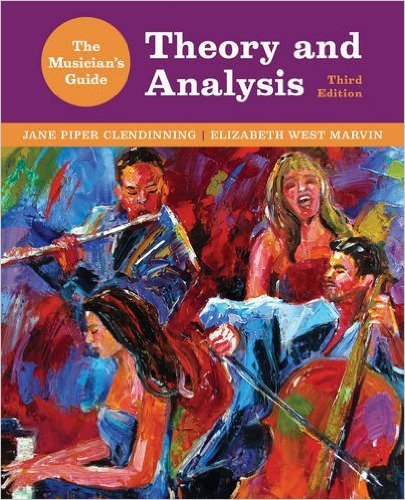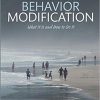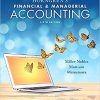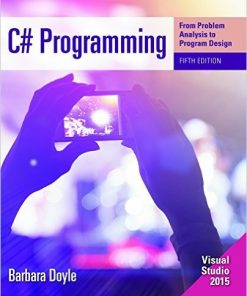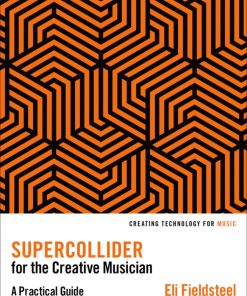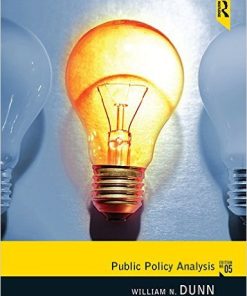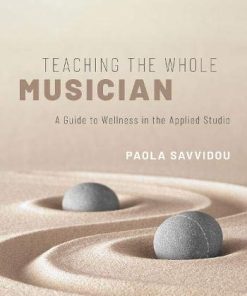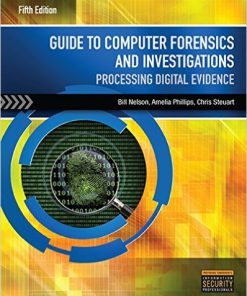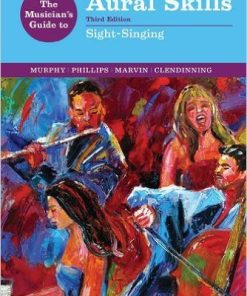eTextbook 978-0393263053 The Musician’s Guide to Theory and Analysis (Third Edition)
$50.00 Original price was: $50.00.$25.00Current price is: $25.00.
eTextbook 978-0393263053 The Musician’s Guide to Theory and Analysis (Third Edition) – Digital Instant Dowload.
eTextbook 978-0393263053 The Musician’s Guide to Theory and Analysis (Third Edition) – Digital Instant Dowload.
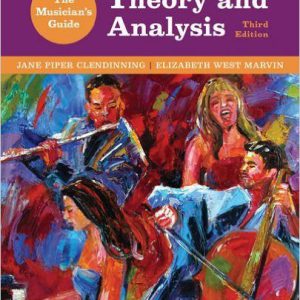
Product details:
- ISBN-10 : 0393600491
- ISBN-13 : 978-0393600490
- Author: Jane Piper Clendinning, Elizabeth West Marvin
The Musician’s Guide to Theory and Analysis is a complete package of theory and aural skills resources that covers every topic commonly taught in the undergraduate sequence. The package can be mixed and matched for every classroom, and with Norton’s new Know It? Show It! online pedagogy, students can watch video tutorials as they read the text, access formative online quizzes, and tackle workbook assignments in print or online. In its third edition, The Musician’s Guide retains the same student-friendly prose and emphasis on real music that has made it popular with professors and students alike.
Table contents:
1. Pitch and Pitch Class
2. Simple Meters
3. Pitch Collections, Scales, and Major Keys
4. Compound Meters
5. Minor Keys and the Diatonic Modes
6. Intervals
7. Triads
8. Seventh Chords
9. Connecting Intervals in Note-to-Note Counterpoint
10. Melodic and Rhythmic Embellishment in Two-Voice Composition
11. From Species to Chorale Style: Soprano and Bass Lines
12. The Basic Phrase and Four-Part Writing
13. Dominant Sevenths, the Predominant Area, and Realizing Figured Bass
14. Expanding the Basic Phrase
15. New Cadence Types and Diatonic Root Progressions
16. Embellishing Tones
17. Voice-Leading Chords: viiO6, viiO7, viiø7, and Others
18. Phrase Structure and Motivic Analysis
19. Secondary Dominant and Leading-Tone Chords to V
20. Tonicizing Scale Degrees Other Than V
21. Sequences
22. Modulation
23. Binary and Ternary Forms
24. Invention, Fugue, and Baroque Counterpoint
25. Variation
26. Modal Mixture and Chromatic Mediants
27. The Neapolitan Sixth and Augmented-Sixth Chords
28. Chromatic Harmony and Voice Leading
29. Vocal Forms
30. Sonata, Sonatina, and Concerto
31. Rondo, Sonata-Rondo, and Large Ternary
32. Popular Music, Jazz, and Blues
33. Recent Popular Music
34. Modes, Scales, and Sets
35. Rhythm, Meter, and Form in Music after 1900
36. Music Analysis with Sets
37. Sets and Set Classes
38. Ordered Segments and Serialism
39. Rhythm, Meter, and Form after 1945
40. Recent Trends
You may also like…
Arts - Music
Uncategorized
Uncategorized
Uncategorized
eTextbook 978-1119084303 Counseling the Culturally Diverse: Theory and Practice 7th Edition


